Races are a critical part of the building process in Dungeons & Dragons 5th Edition, perhaps more so than even in Baldur’s Gate 3. There are over 150 racial options that a player can choose from in 5E, making it oh-so-important to understand what the best ones are. This guide will go over some of the top picks you can do if you’re looking for a race in 5E.
Race in 5E and Baldur’s Gate 3 is a baseline set of features that every class has access to. Races come with a baseline size—typically either Medium or Small—which is a representation of a race’s height and width. They also have a speed, which is how quickly they can walk every turn.
Races also come with ability scores. Typically, racial ability scores are specific to a race. For example, a Base Tiefling’s ability scores are plus-two Charisma, plus-one Intelligence. With the addition of “Tasha’s Cauldron of Everything,” however, many races now use the Lineage rules for racial ability scores. When using this rule, races simply apply either a plus-two to one score and a plus-one to another, or three plus-ones to different scores. For the purposes of this list, we are going to use the Lineage rules for races unless otherwise stated.
Table of contents
How to choose the best race for you in DnD 5E
Choosing your best race can be very difficult. The following considerations, in order of importance, should apply.
- Ability scores. If you are not playing with Lineage rules, ability scores are of paramount importance. Ensuring that your class’s primary ability score is as high as possible is really critical in 5E. So, make sure your race can boost that ability score immediately.
- Speed. Speed is important, but usually only for melee classes. If you want to swing a weapon, make sure your race can get to the frontline of a battlefield first.
- Darkvision. Check to see if your race has Darkvision. It isn’t critical, and some classes like the Warlock can provide Darkvision with its Invocations. But, if you don’t have it, you’ll have to stock up on torches.
- Features. Once the generic stuff is out of the way, it’s time to look at your race’s unique features. These are very important but vary wildly from race to race. Consider the following questions to help guide you:
- Does my class need extra mobility to get to the frontlines or escape from a bad situation?
- Do I want proficiency in more skills to help my out-of-combat ability?
- Does this race have armor or weapon proficiencies that my build wants?
- Does this race offer more durability to keep me alive in combat?
Best race choices in DnD 5E
Because the Lineage rules from “Tasha’s Cauldron of Everything” caused many races to no longer worry about ability scores, the race’s features have become far more important. Our focus is on races whose features can patch holes in a class’s game plan.
This list is not exhaustive and, with the Lineage rules, any race can handle many different classes without an issue. The races listed simply have unique traits that allow them to fill niches that other races have trouble filling. And we value that a lot in a system with dozens of race options.
10) Tortle
The Tortle barely scrapes by on this list for one reason; their shells. The Tortle begins play with an AC of 17 that is unaffected by Dexterity. A Tortle is not allowed to wear armor. But an AC of 17 lets a Tortle be one less than Plate Mail.
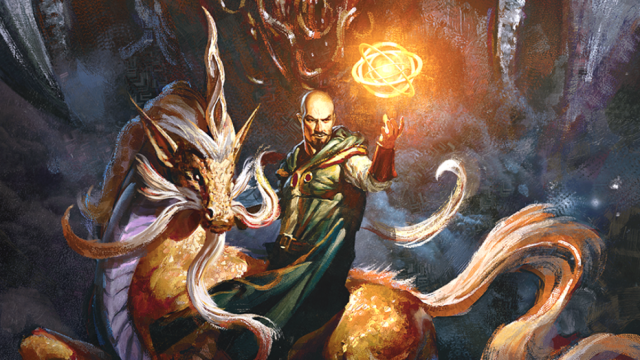
That turns a lot of class builds on their heads. No longer do casters need to scramble to find Mage Armor or pump their Dexterity to the moon for a decent AC. Even classes like Barbarians or Monks can now consider different paths, since they no longer need Constitution or Wisdom, respectively, to keep their AC afloat. Since the Tortles still count as unarmored, they can benefit from unarmored support, like Bracers of Defense, while keeping their insanely high AC.
The only part of this race that struggles is losing access to late-game armor. Sure, robes are usually fine, but not getting +1 Plate Mail can be a bit frustrating for a Tortle Paladin.
It’s a good thing they make up for it with proficiency in a flurry of good survivalist skills, the ability to withdraw into their shell to improve their defense, and the ability to hold their breath for an hour.
9) Orc
It was a tough choice between the Orc and Half-Orc for this list. While we very much value the Half-Orc’s ability to critically hit for massive damage, the Orc’s mobility and durability are unique among most races and can apply to several different scenarios.
There are many different orcs, so we recommend the ones from “Volo’s Guide to Monsters.” Those orcs can move closer to an enemy as a bonus action, gain proficiency in two separate skills (including powerful options like Perception and Survival), keep Darkvision, and move much more weight. A dream build for a melee combatant.
That being said, the Mordenkainen version is still potent. They get to dash as a bonus action and receive temporary HP for doing so. They lose the skill proficiencies, but gain Relentless Endurance, keeping them from falling unconscious once per day. Both options are good, but the limitations on Adrenaline Rush make the Mordenkainen Orc slightly weaker.
8) Gem Dragonborn
The Gem Dragonborn from “Fizban’s Treasury of Dragons” has access to a few things useful for many builds. They are psychic variants of Dragonborn, linked to Amethyst, Crystal, Emerald, Sapphire, and Topaz dragons.
They gain resistance to some rare damage types, including Force. Many different traps and enemies use Force damage to guarantee high body counts during fights. Being resistant to that element is something that only a Totem Warrior Barbarian can really brag about.
They can also do that damage in a 15-foot cone a few times per day. And, rather than replacing your action entirely, it just replaces a single attack. Perfect for Fighter Dragonborn who want to do some area of effect damage without sacrificing their turn.
If that wasn’t enough, at level five, they can gain a flying speed. That’s pretty nice for chasing down foes, solving puzzles, or being a nuisance during fights. If only the flight was permanent, it might find itself higher on this list. But its unique defenses, strong Breath Weapon, and ability to telepathically speak to creatures make it worth a look.
7) Satyr
The Satyr is an intriguing race from the “Mythic Odysseys of Theros” that got a face-lift by Mordenkainen. They are Fey, rather than humans, but move at an impressive 35 feet per turn. They have a few abilities that improve their mobility further, as well as a natural weapon and great skill proficiencies. But, we’re here for a trait they share with a few races: Their Magic Resistance.
Being able to roll twice when saving against spells is quite impactful. In 5E, you typically only get two saving throw proficiencies. Spellcasters can target your weaker saves and leave you in a terrible spot. Being able to roll twice in those situations can mean life or death.
They aren’t the only ones with magic resistance—the Yuan-Ti share it, for instance, and Gnomes get something very similar—but the Satyr combines excellent mobility and free proficiencies in Performance and Persuasion to make a chaotic and impactful build.
6) Tabaxi
The cat-like Tabaxi provide a weird mix of utility and mobility that are rarely matched by other races. The main thing we’re interested in is Feline Agility. By moving zero feet on a turn, a Tabaxi can double their speed without any extra actions for the rest of a given turn. This means that a dashing Tabaxi with no other speed bonuses can bring themselves 120 feet to wherever they want. That’s a huge amount of mobility, perfect for melee combatants. They also have an innate climb speed, which is just icing on the cake.
If that wasn’t enough, they come with Perception and Stealth proficiency, Darkvision, and even a stronger unarmed attack. These cats have claws, and those claws move quick.
5) Warforged
The Warforged are unique to the Eberron campaign setting, but they offer a great amount of strength as a race. They gain a +1 bonus to armor class on top of whatever they wear. They don’t need to eat, drink, or breathe. They are immune to disease and resistant to poison. They don’t sleep and can scout while they are turned off.
These robots were built for battle and are likely the strongest defensive race in the entire game. Even if you don’t give them Lineage options for ability scores, a plus-two to Constitution and a plus-one anywhere else is very, very strong.
Not to mention the roleplay opportunities of a robot trying to mix into society can be absurdly fun.
4) Half-Elf
The only “Player’s Handbook” race that makes it onto this list (we’ll talk about Variant Human soon) is the Half-Elf, and for good reason. Despite nearly 10 years of iteration, the original Half-Elf remains one of the best options for Charisma classes. A plus-two to Charisma and plus-one to two different stats is very strong, allowing you to start with 17 Charisma, 16 Dexterity, and 16 Constitution when using point buy.
If that wasn’t enough, the Half-Elf comes with advantage against charms, Darkvision, and two free skill proficiencies. While these aren’t as uniquely powerful as the Half-Elf’s ability score lineup, they sweeten the pot quite significantly.
3) Owlin
The Owlin from “Strixhaven: A Curriculum of Chaos” could be replaced by several other races with flight on this list, including the Aarakocra, Fairy, and Winged Tiefling. Permanent flight is powerful, allowing you to quickly negate melee-focused fighters that can’t fly and letting you take angles that are otherwise impossible. It also negates some puzzles that are otherwise headaches to perform or would require investing resources into.
What pushes the Owlin above those other races, in our opinion, are two aspects. The first is its 120 feet of Darkvision. That’s not necessarily unique, but it is rare. Most races get 60 feet of Darkvision at most. This lets the Owlin spot enemies before they are spotted.
Helpful to that is the Owlin’s innate proficiency in Stealth, which is a useful skill to have and one that not many casters get. By making an Owlin Sorcerer or Wizard, you can fly ahead to plan attacks and slam enemies with Fireballs or Enthralls before they even know where to look.
2) Reborn
The Reborn is a strange race, as it is one with Ancestral Legacy. Ancestral Legacy lets you choose a race’s mobility features—climb, fly, or swim speed—as well as any skill proficiencies you get. Otherwise, you can simply gain two skill proficiencies. This trait is shared with the Dhampir and Hexblood and allows you to do silly things, like copy the Owlin’s flight and Stealth proficiencies or the Tabaxi’s Perception, Stealth, and Climb speed.
Depending on DM interpretation, these features can also lose limitations that are otherwise placed on them. For instance, depending on your DM, a Reborn Aarakocra might be able to fly in medium or heavy armor.
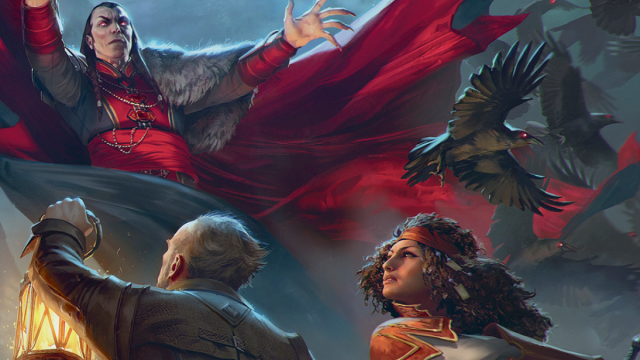
The Reborn, however, offers traits that the Dhampir and Hexblood don’t have. Mainly, they have Deathless Nature. This lets the Reborn have advantage on saves against disease and poison, advantage on death saving throws, no required sleeping, and no eating, drinking, or breathing.
They can also roll an additional d6 on ability scores after they roll the dice, potentially turning failures into successes. These bonuses are extremely unique and offer a hard-to-kill character with extremely good skill abilities.
Hexblood and Dhampir are also very strong, but of the three Ancestral Legacy options, the Reborn is the one we recommend immediately. Right after that is the Hexblood and then the Dhampir. We think all three of these races could make the list, but we wanted to keep it to a single Ancestral Legacy race, rather than spam the list with them.
1) Custom Lineage
Taking the place of Variant Human is the Custom Lineage option. In a campaign where it is allowed, the Custom Lineage is perhaps the strongest race for any class. That is because it begins with a plus-two to any ability score and access to a feat.
By getting a feat that gives you a plus-one to an ability score, this lets the Custom Lineage begin play with 18 in a score—provided you are doing Standard Array or Point Buy, this is the only race that can get to 18 as of 2023 5E. All other races capable of doing that—such as the Changeling—have been errata’d by now.
The Custom Lineage also gets its choice of Darkvision or proficiency in a skill. This Lineage straight-up powercrept Variant Human. If you can play a campaign with Custom Lineage, you should really consider it. 18 in your primary ability score to start is very important for any class in the game. And it’s not like the other features are weak or anything. Skill proficiency and Darkvision are both very strong.


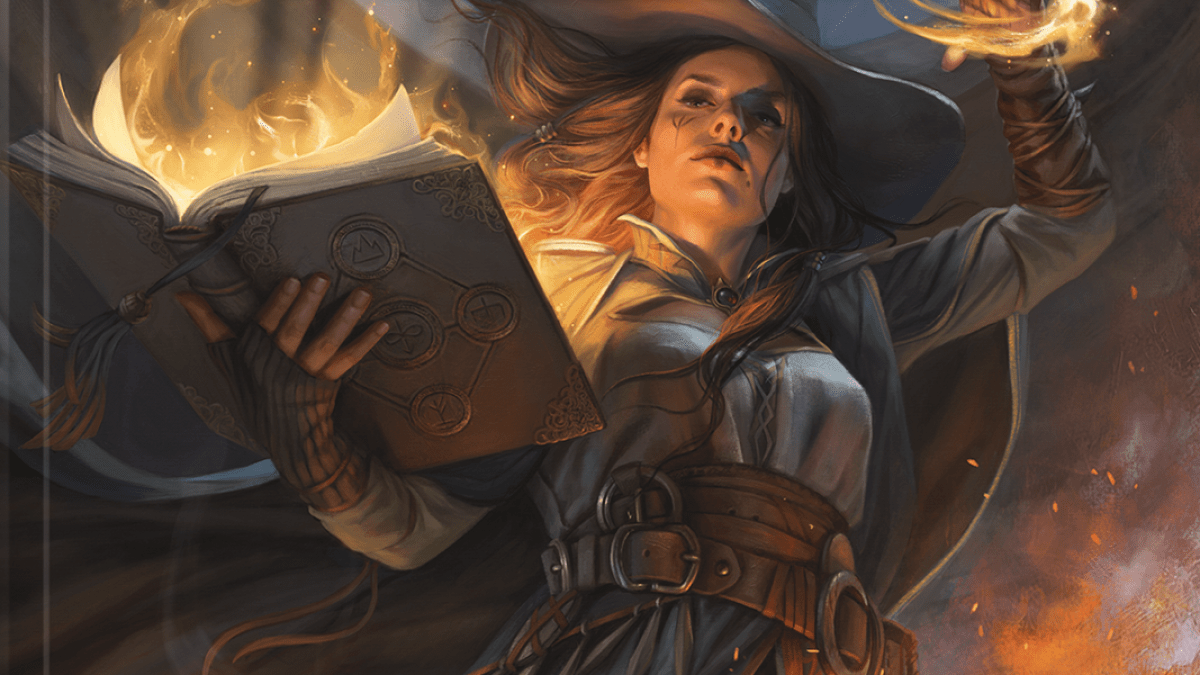
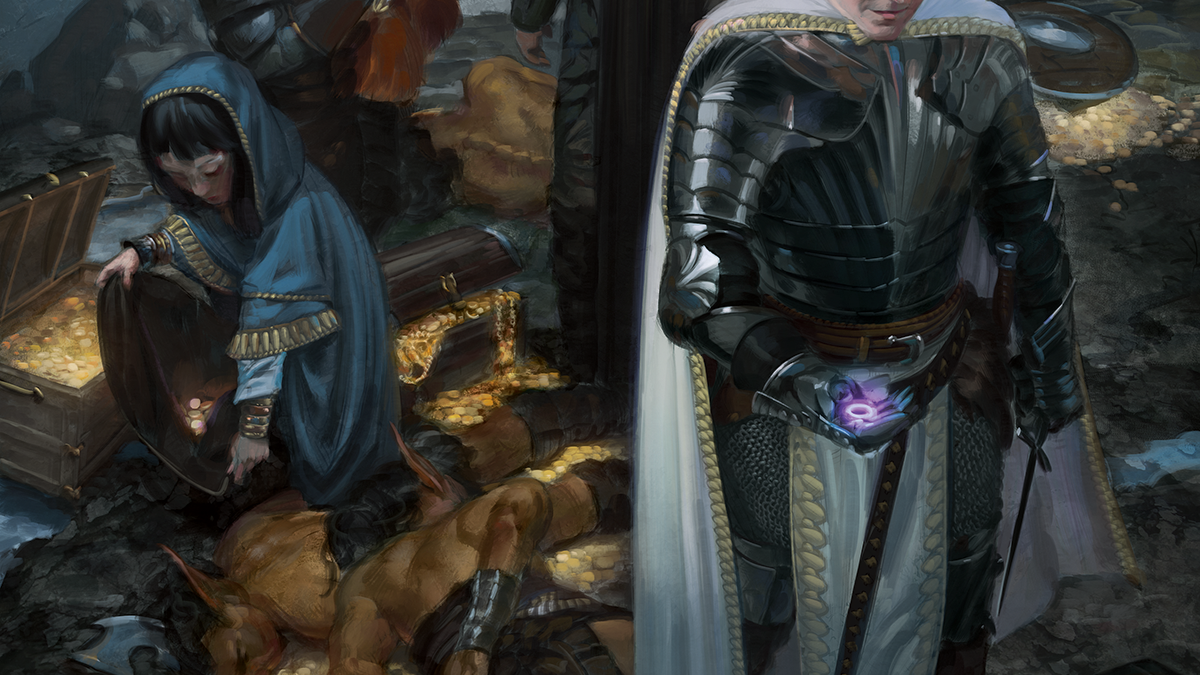
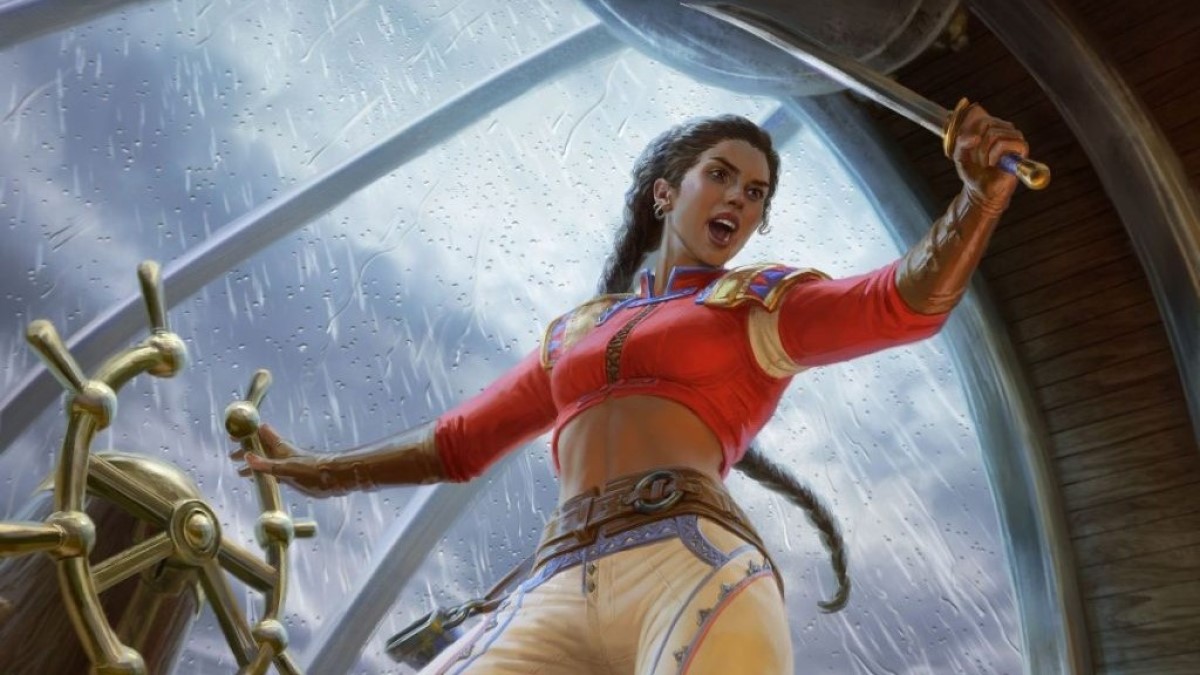
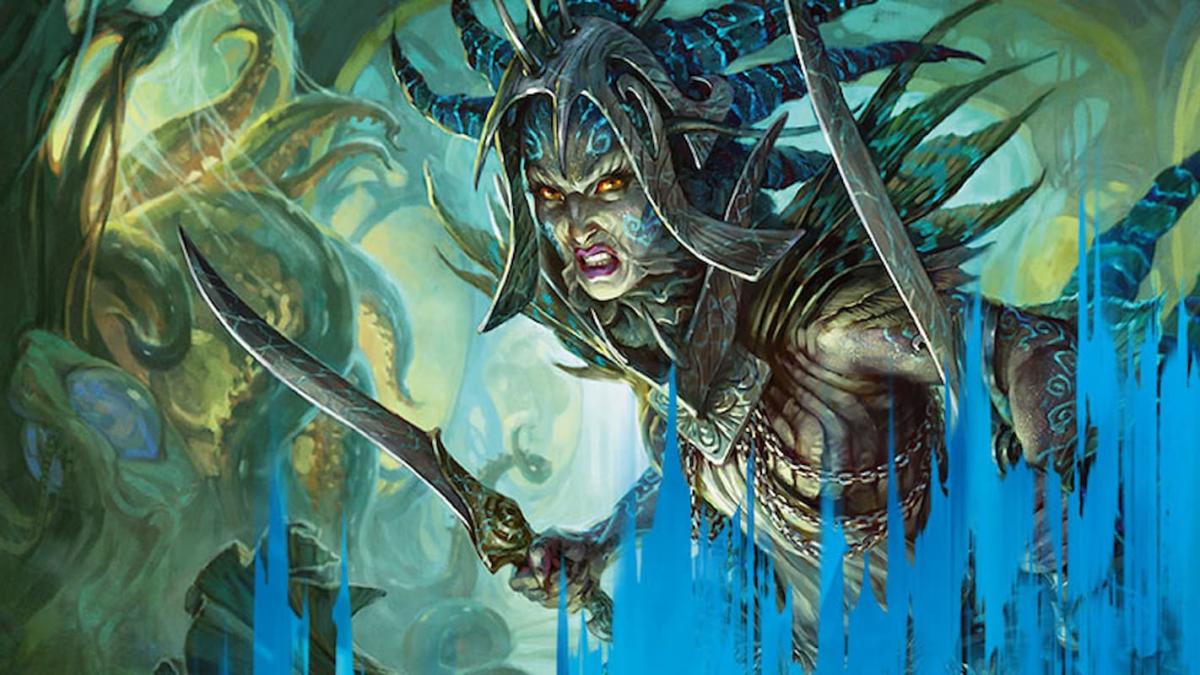
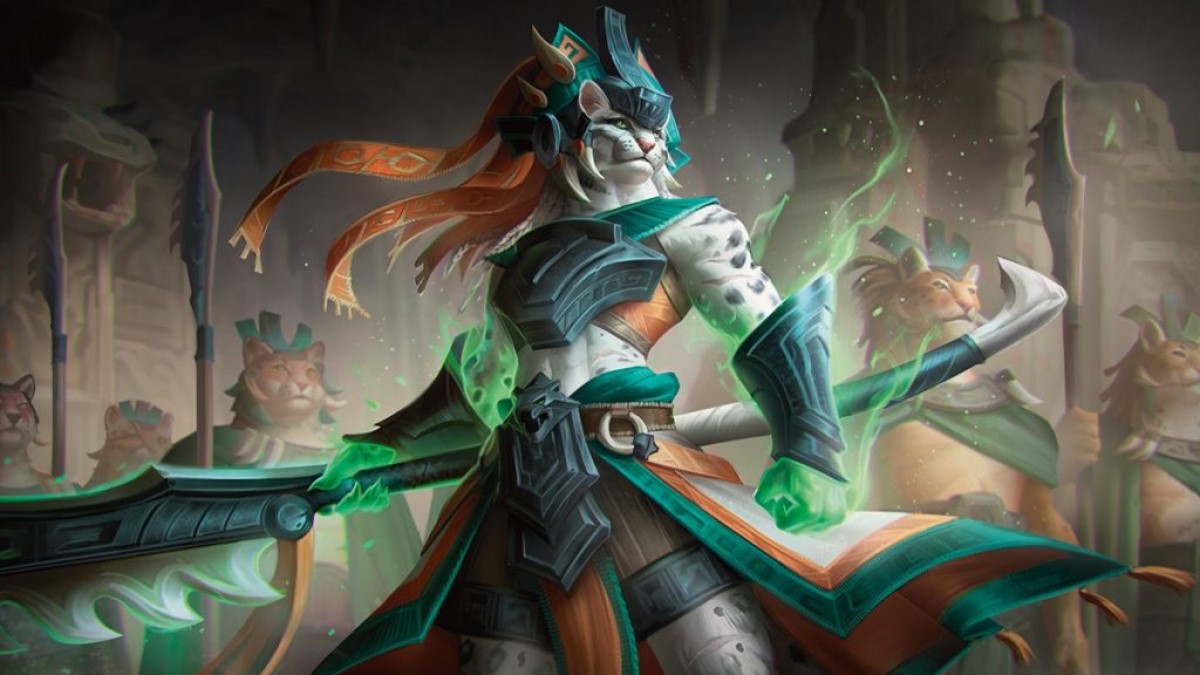
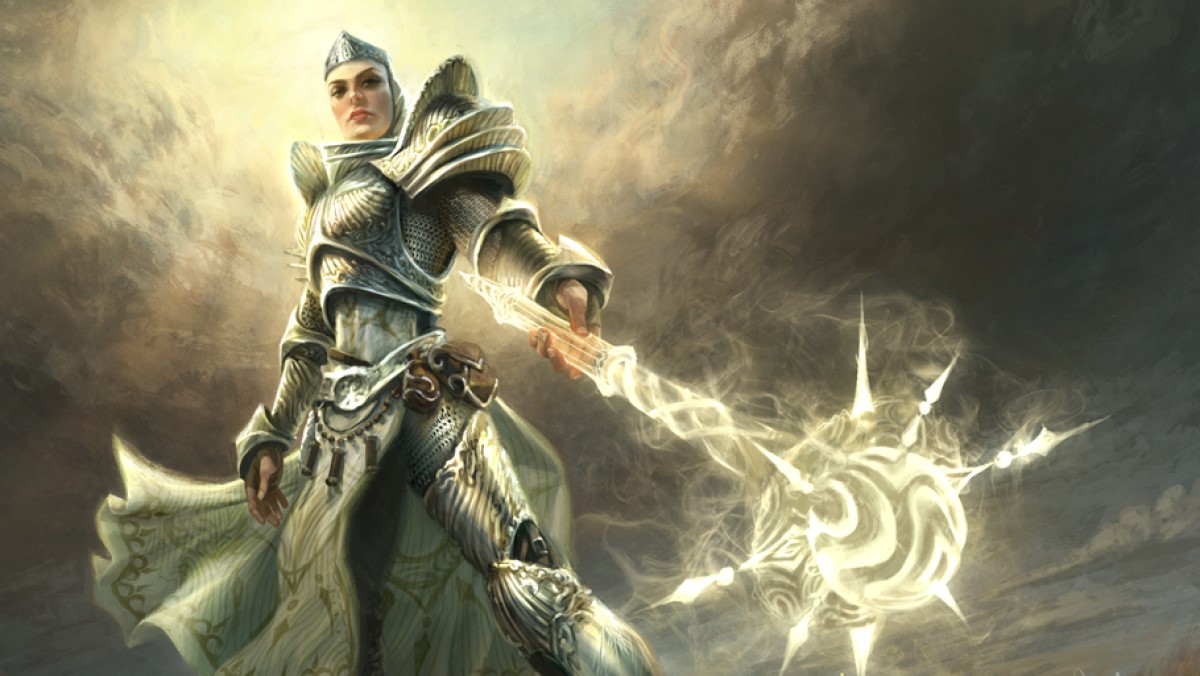

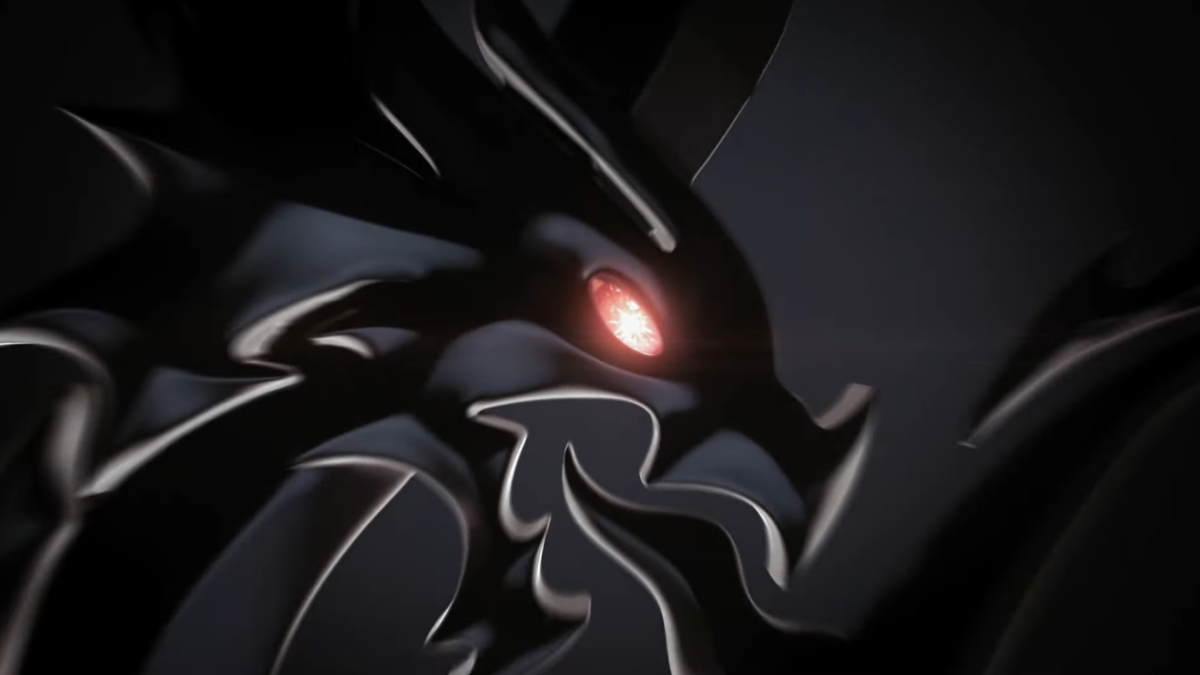
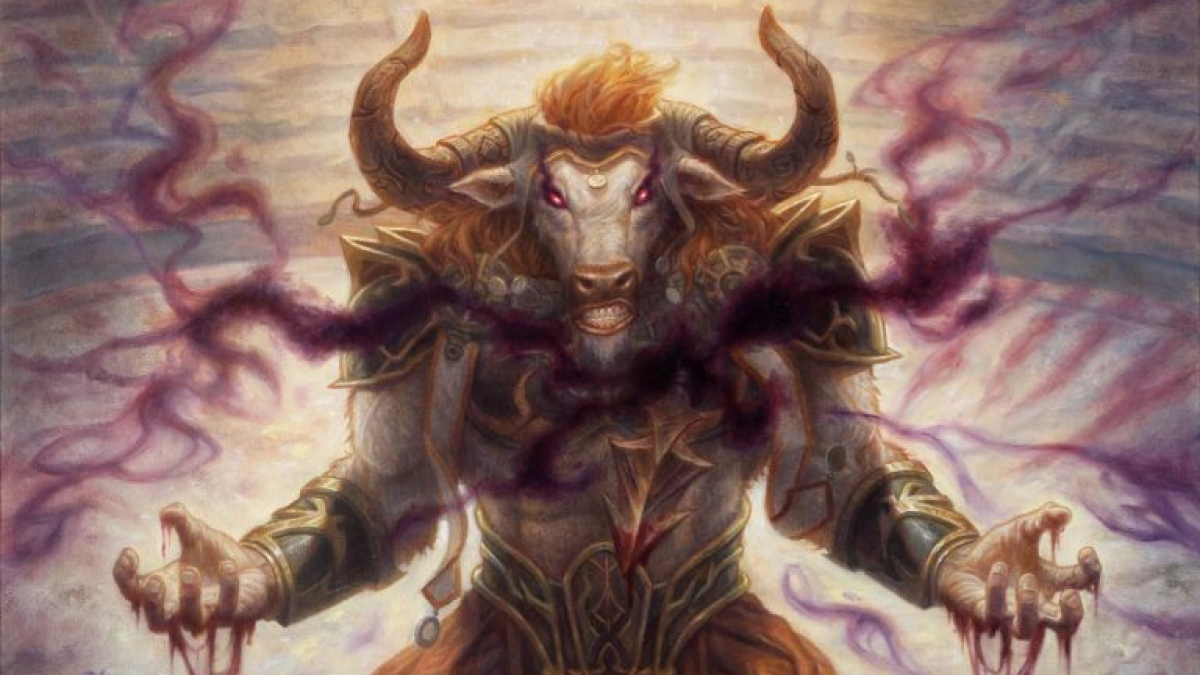
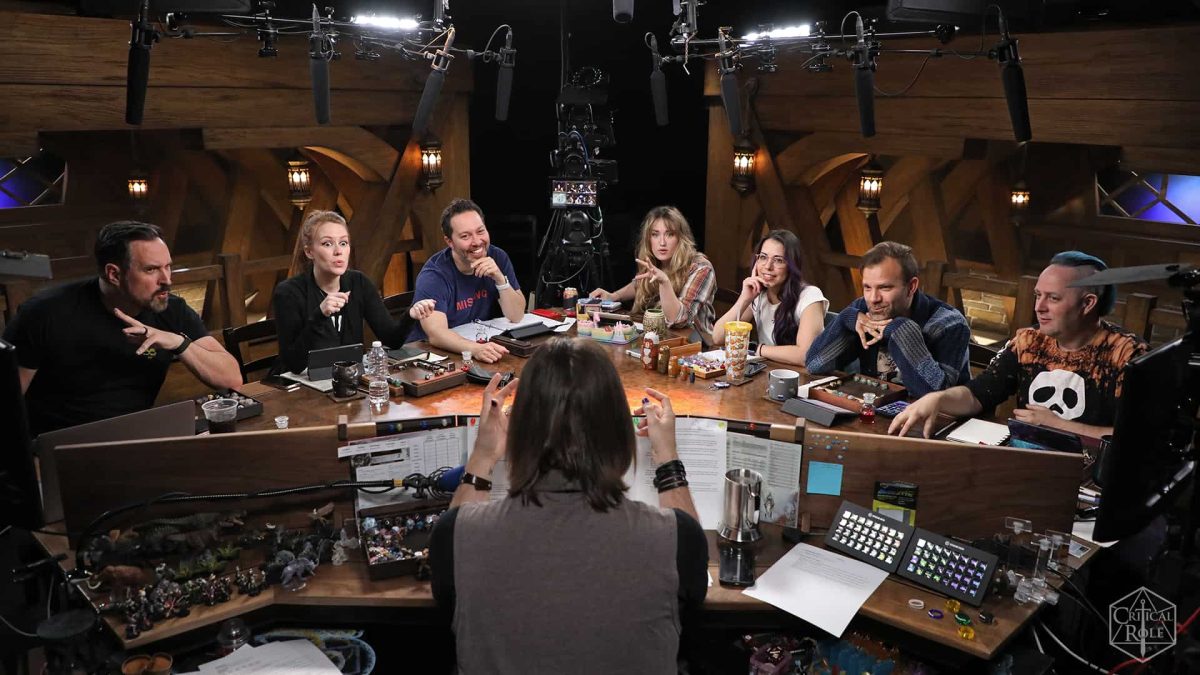
Published: Aug 30, 2023 03:31 am